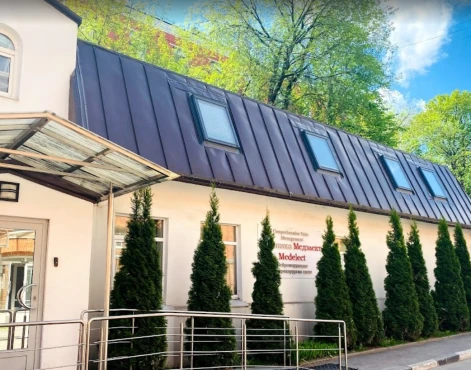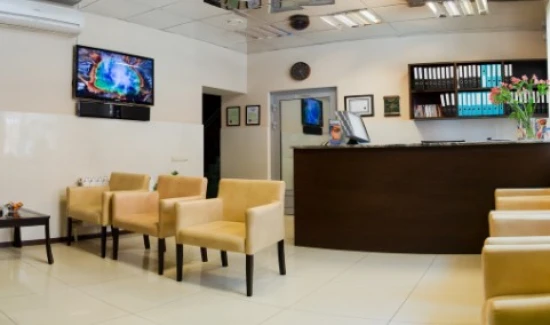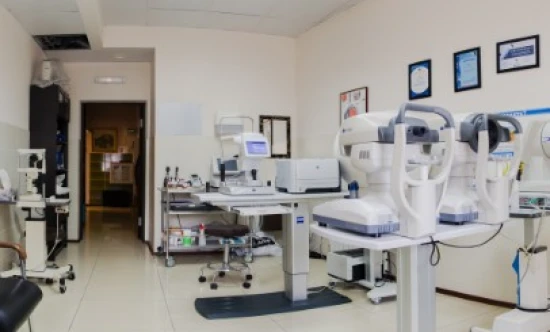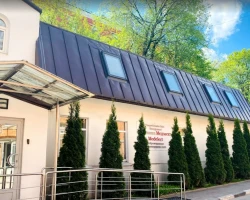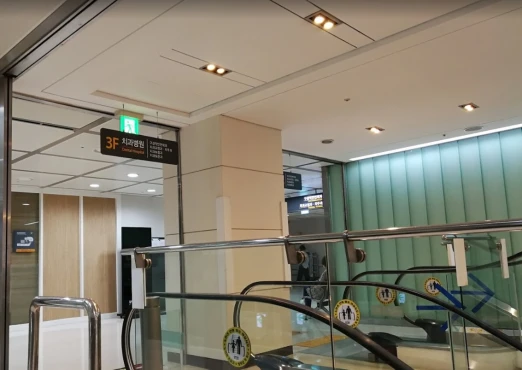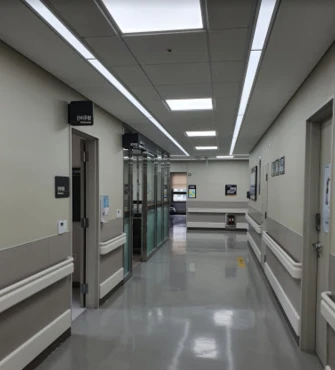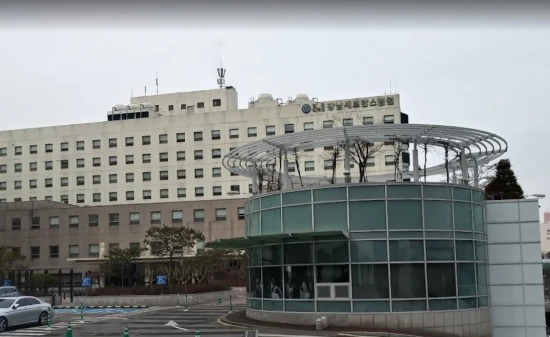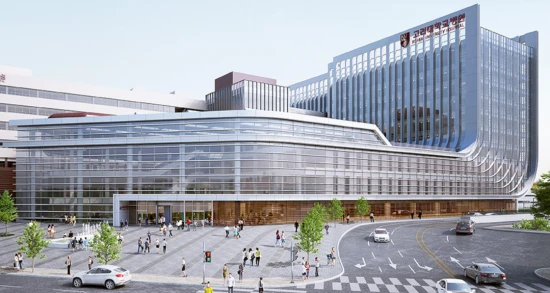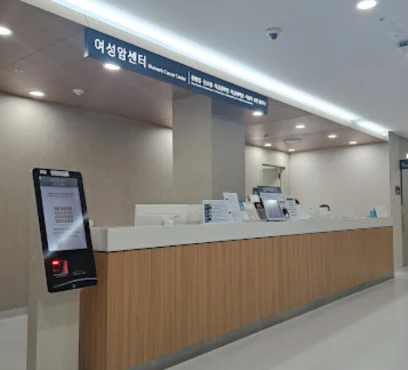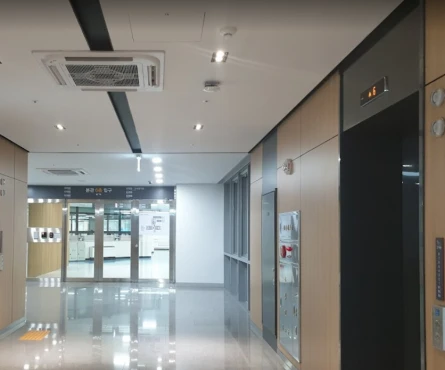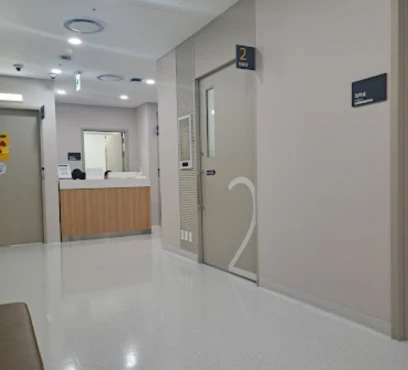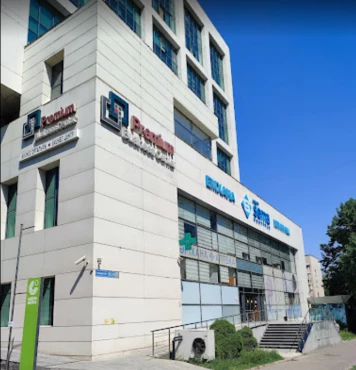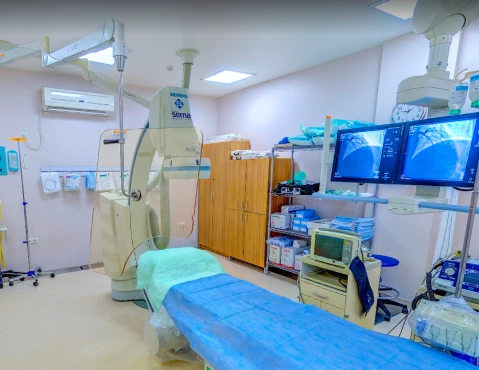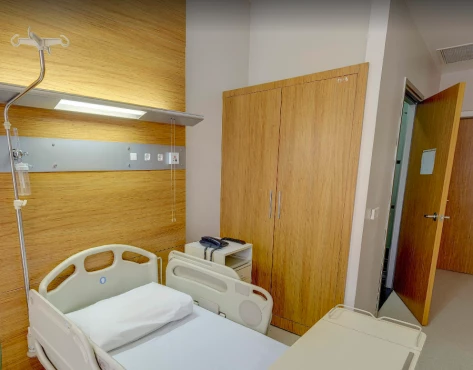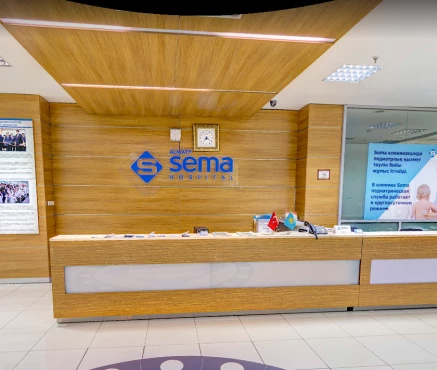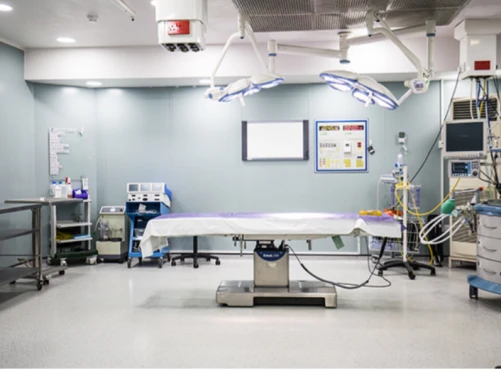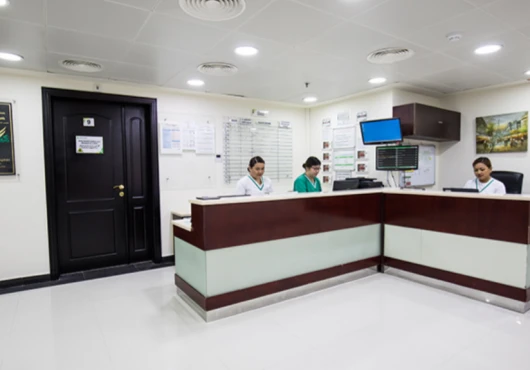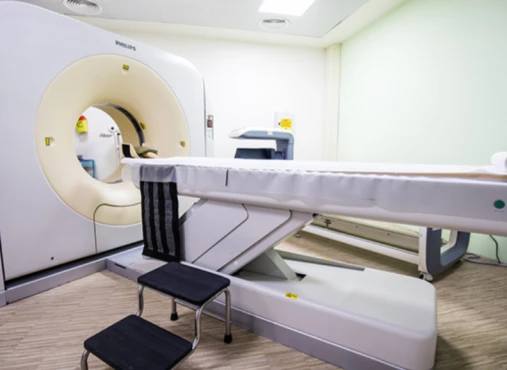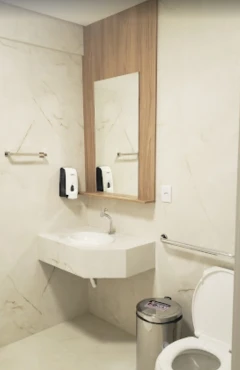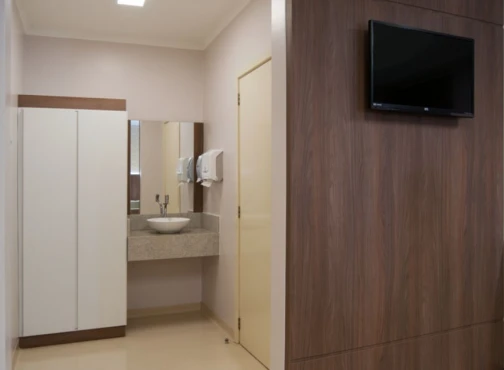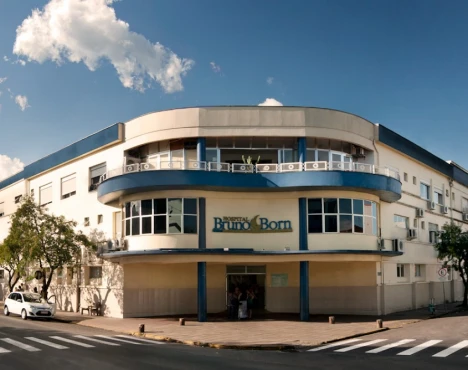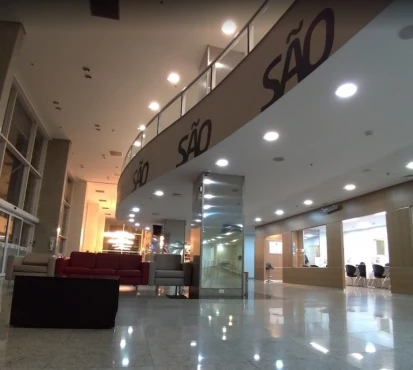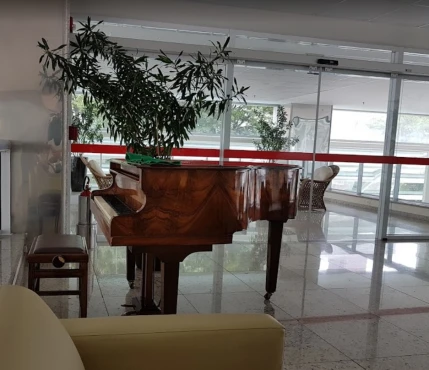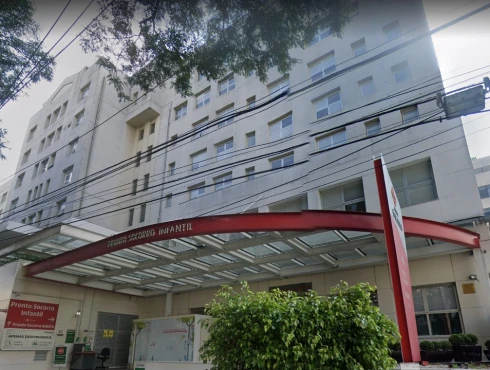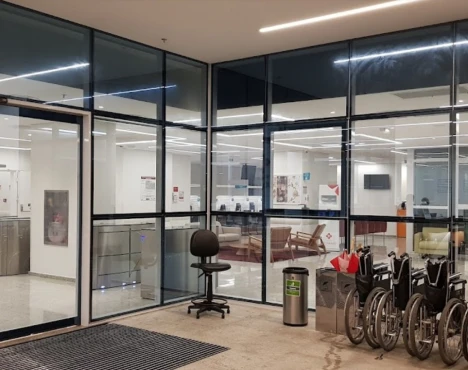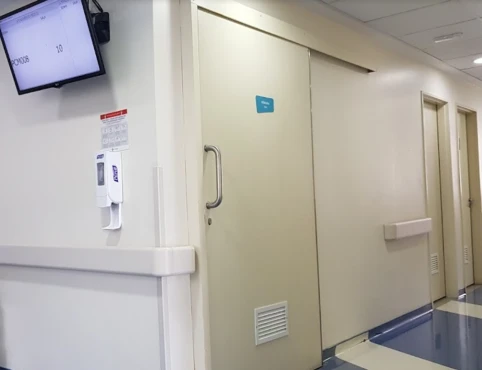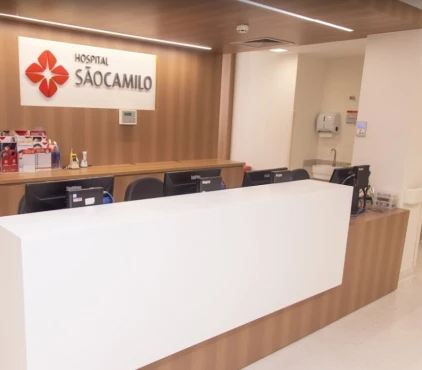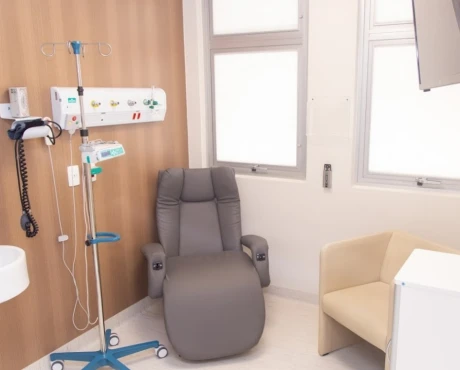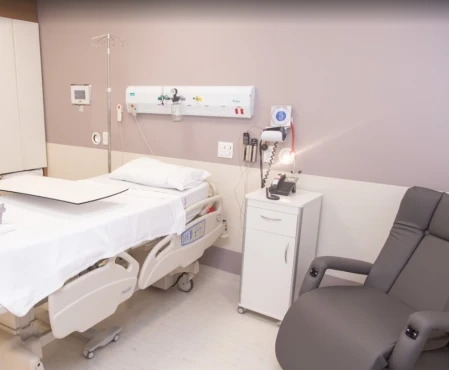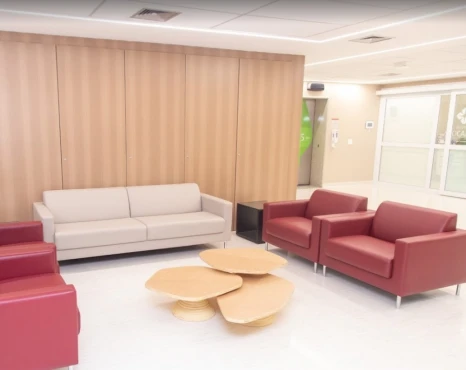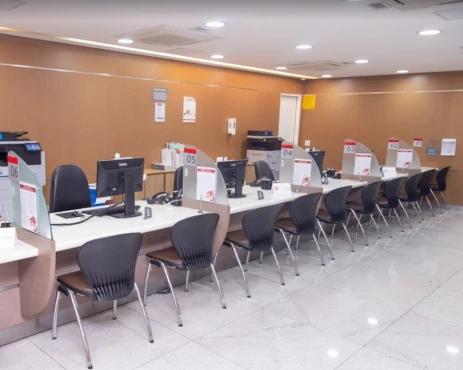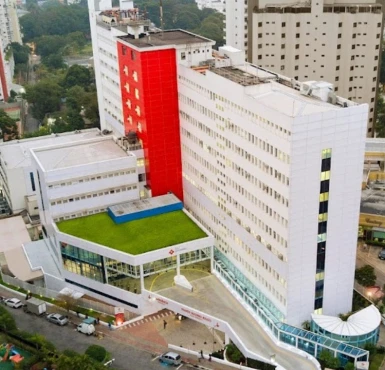Deep brain stimulation (DBS) in 2 Neurosurgery clinics worldwide with additional parameter
2 clinics specializing in Neurosurgery providing
Deep brain stimulation (DBS)
Deep brain stimulation (DBS) is a surgical procedure where electrodes are implanted in specific regions of the brain and connected to a device that delivers electrical impulses, used to treat neurological conditions such as Parkinson's disease or essential tremor.
Read more...
procedure worldwidewith additional parameter of rating.
Sorted by:
Relevance
Rating
Cost of procedures
Relevance
Prices for selected procedures, total:
≈ $11,672
Prices for popular procedures:
Prices for selected procedures, total:
≈ $140,504
Prices for popular procedures:
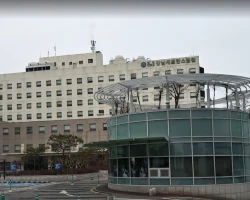
Seoul, South Korea
Specializations: Cardiac surgery, Vascular surgery, Thoracic surgery, Neurosurgery, Spine surgery, Orthopedic surgery, Oncology
Languages: Arabic, Chinese, English, Japanese, Russian
Gangnam Severance Hospital was opened in 1983 by Yonsei University Health System to expand its medical business and establish a stronghold for healthcare delivery in
read more
Relevant clinics
Perhaps you should consider the following relevant clinics we have found basing on your selection.
Prices for selected procedures, total:
≈ $140,504
Prices for popular procedures:

Seoul, South Korea
Specializations: Cardiac surgery, Vascular surgery, Thoracic surgery, Neurosurgery, Spine surgery, Orthopedic surgery, Oncology, Dentistry
The hospital is fully devoted to elevating its medical service quality by introducing state-of-the-art equipment and systems such as Robot surgery, Linear Accelerator, 3.0T MRI,
read more
Prices for selected procedures, total:
$3,095
Prices for popular procedures:
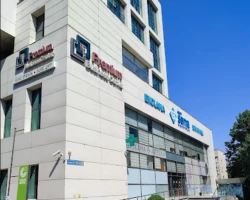
Almaty, Kazakhstan
Specializations: Cardiac surgery, Vascular surgery, Thoracic surgery, Neurosurgery, Spine surgery, Orthopedic surgery, Oncology, Dentistry
Languages: English, Russian
At the Almaty SEMA Hospital Clinic, you can get a full range of medical services provided by our leading specialists. Whether you need a small
read more
Prices for selected procedures, total:
≈ $133,805
Prices for popular procedures:

Abu Dhabi, United Arab Emirates
Specializations: Neurosurgery, Spine surgery, Orthopedic surgery, Oncology, Dentistry
Languages: English
Dublin Health Services launched Seha Emirates Hospital in February 2012 as a boutique hospital providing global services in order to provide quality & patient-oriented Inpatient
read more
Prices for selected procedures, total:
≈ $22,181
Prices for popular procedures:
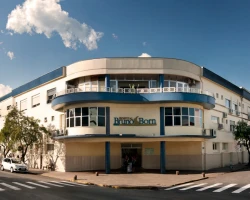
Lajeado, Brazil
Specializations: Cardiac surgery, Vascular surgery, Thoracic surgery, Neurosurgery, Orthopedic surgery, Oncology
Bruno Born Hospital is a philanthropic institution, with more than 80 years. It is registered with the National, State and Municipal Councils of Social Assistance
read more
Prices for selected procedures, total:
≈ $22,181
Prices for popular procedures:
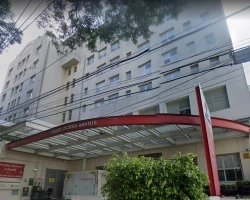
São Paulo, Brazil
Specializations: Cardiac surgery, Vascular surgery, Thoracic surgery, Neurosurgery, Spine surgery, Orthopedic surgery, Oncology
Hospital São Camilo Pompeia has followed, over the years, the growth of the population and the scientific and technological advances aimed at medical and
read more
Prices for selected procedures, total:
≈ $22,181
Prices for popular procedures:
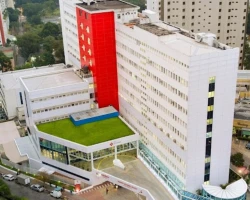
São Paulo, Brazil
Specializations: Cardiac surgery, Vascular surgery, Thoracic surgery, Neurosurgery, Spine surgery, Orthopedic surgery, Oncology
Integrated into the São Camilo de São Paulo Hospitals Network in March 1979, the Santana Unit has an agile and modern structure implemented to offer
read more
Procedure price distribution worldwide
Deep brain stimulation (DBS):
$13.1 K
This price found at
MEDELEKT Clinic
in Russia, Moscow
$146.4 K
This price found at
Gangnam Severance Hospital
in South Korea, Seoul
Minimum Average Maximum
Procedure prices in popular countries:
Deep brain stimulation (DBS):
Turkey
$35.0 K - 35.1 K
in
18 clinics
Israel
$63.8 K - 63.9 K
in
12 clinics
United States
$74.4 K - 113.0 K
in
13 clinics
China
$144.2 K - 144.2 K
in
4 clinics
Germany
$154.2 K - 154.2 K
in
24 clinics
Countries with the highest number of clinics offering the procedures treatment:
Deep brain stimulation (DBS):
worldwide
409 clinics
Brazil
34 clinics
India
32 clinics
Germany
24 clinics
Mexico
24 clinics
Colombia
23 clinics
Clinics grouping by rating
All the scored clinics have the same rating of 5, clinic with the most reviews number of 14 — MEDELEKT Clinic in Moscow, Russia.
